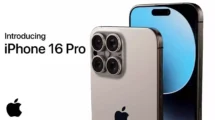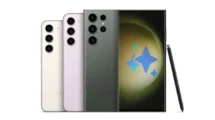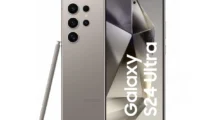The NASA’s Hubble Space Telescope has unveiled fascinating findings on how the newborn stars in an isolated galaxy away from the sun were created about 2.7 billion years after the universe was formed as result of the Big Bang. The astronomers applied the natural magnifying glass on the telescope to improve and augment the resolution and the quality of the images. The images reveal a series of star-forming knots about 200 to 300 light-years from each other.
The magnifying glass showed the images that were above 10 times sharper than what the telescope could reveal on its own. The interesting part about the outcome of the study is the proximity of knots formed around the stars. The previous studies estimated the distance between the star-knots to be about 3,000 light-years across each other but the new discovery reveals that the knots are more than 10 to 15 times closer to one another than was initially projected.
The latest study was conducted by a doctoral student at the University of Michigan, Traci Johnson who was leading two of three types of research that documented Hubble’s recent findings on the star-forming knots.
Though NASA’s Hubble telescope is the most powerful tool, the latest study proves its limitations when it comes to capturing the distant images from the universe. The astronomers also took the advantage of the latest computational methods to enhance the resolution and the accuracy of the images.
The galaxy is positioned almost 11 billion light-years far away from the sun but astronomers were able to capture the data that appeared more than 11 billion years ago as an aftermath of the Big Bang. The universe is popularly believed to have been created about 13.8 billion years ago.
The enhanced spatial resolution powered by the gravitational lenses allowed the telescope to have a magnified view of the star-forming knots from a big distance. The images were about 30 times brighter and the astronomers also used a special computer code to enable the galaxy to appear more natural by eliminating the distortions.




